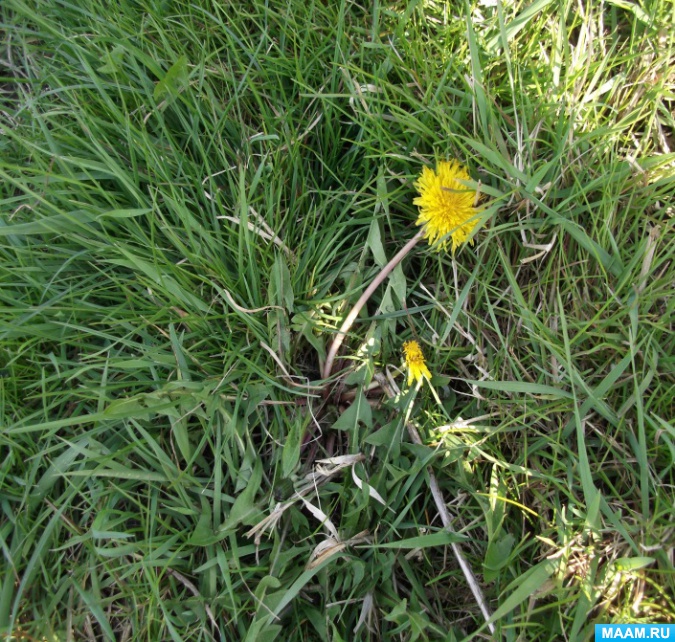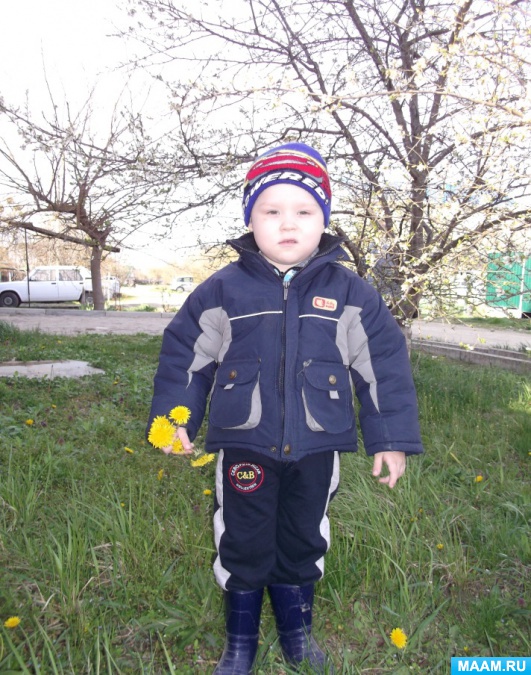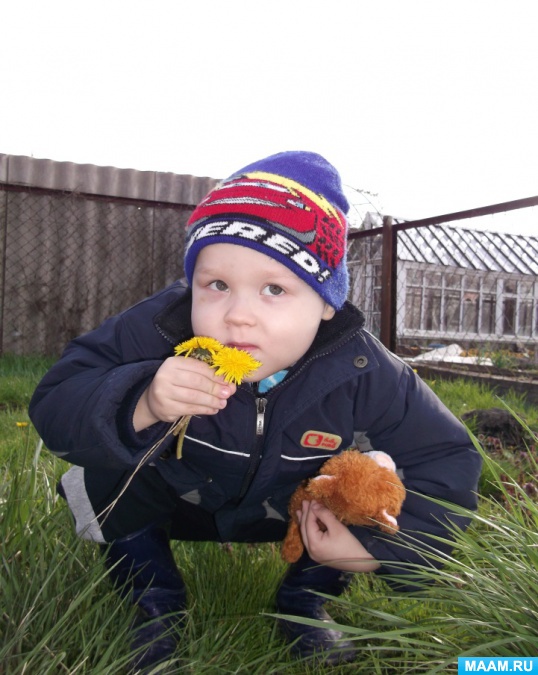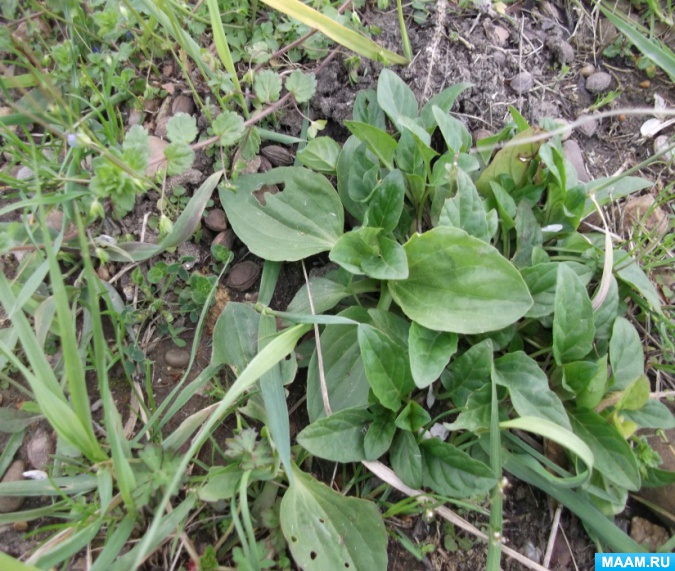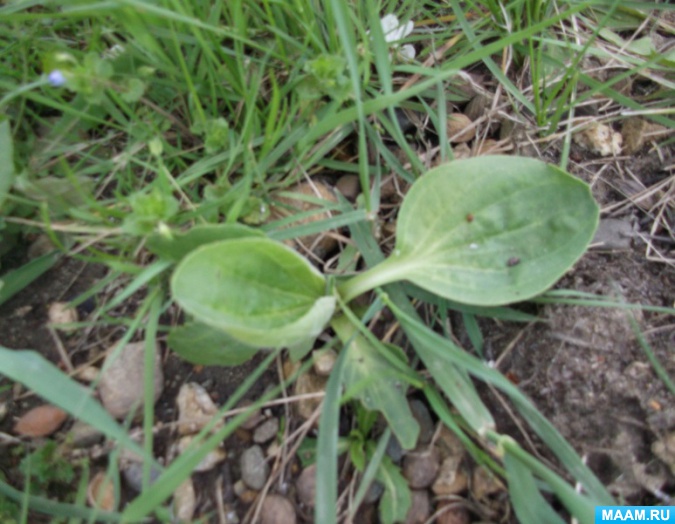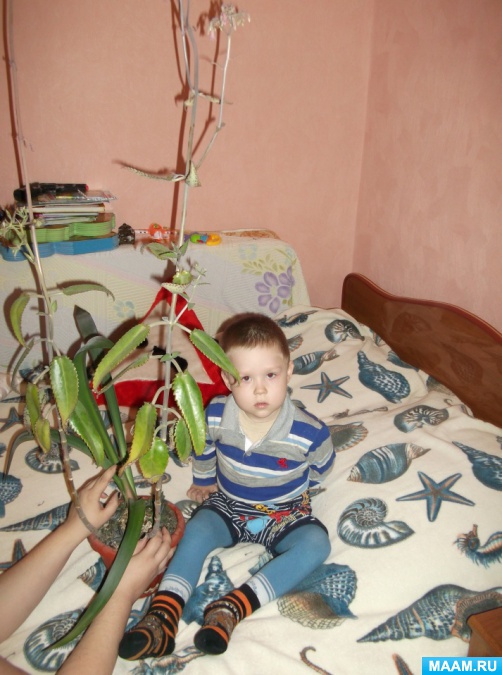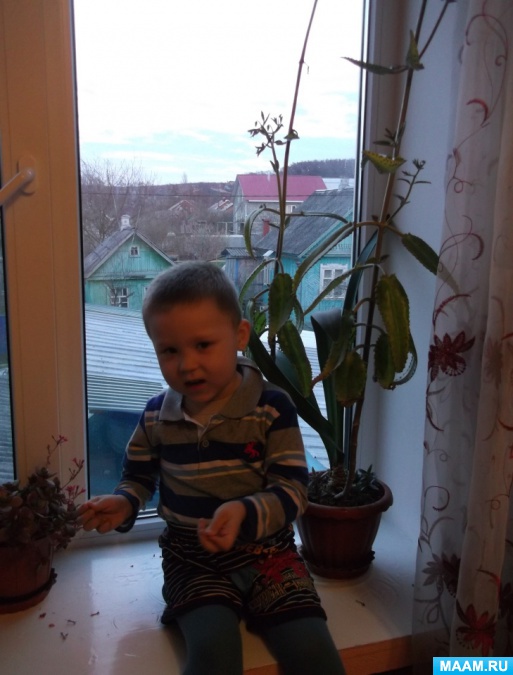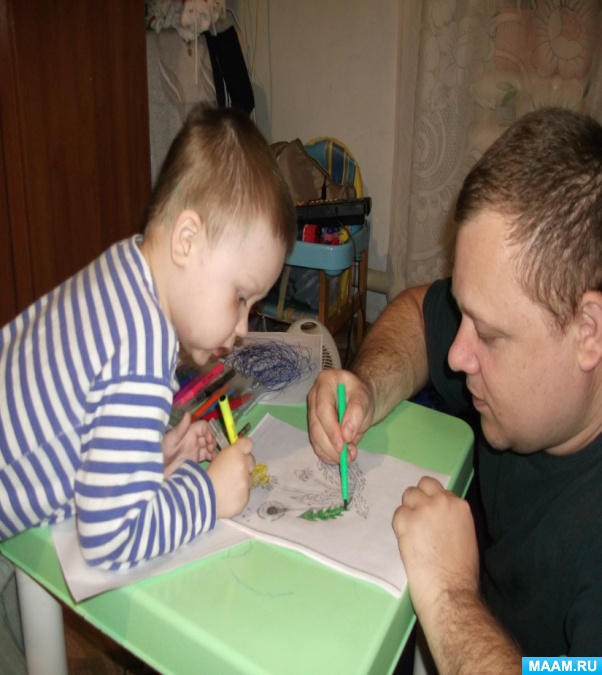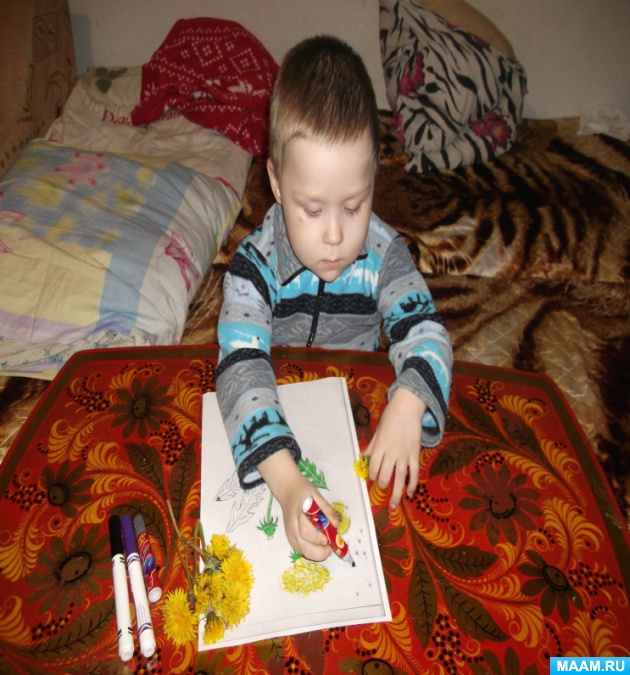"Live pharmacy." Family environmental project
Olga Polevko
Introduction
It is rich, beautiful and infinitely diverse the world around us. Nature is the most important means of upbringing and developing children, because nature surrounds the child from an early age. And therefore it is important from an early age to introduce a child with wealth and a variety of nature, form a careful attitude towards the environment and the ability to see the beauty of nature.
The theme of our work: “Live pharmacy ". In the course of the fulfillment of our work, we will study medicinal plants growing in the yard of our house, not far from it, as well as home plants. We will study their useful properties, as well as from what diseases with the help of these plants can be treated.
As experimental plants, we chose:
Dandelion;
Plantain;
Strawberry;
Kalanchoe.
Work will consist of theoretical, practical parts and applications. The theoretical part will describe the plants and places of their growing plants. In the practical part of their medicinal properties. And the appendix will host photos and pictures.
1. Introduction
2. Theoretical part
2.1. Dandelion
2.2. Plantain
2.3. Raspberries
2.4. Strawberry
2.5. Kalanchoe
3. Practical part
3.4. Medicinal properties of strawberries
3.5. Medicinal properties of Kalanchoe
5. Appendix
2. Theoretical part
2.1. Dandelion
Dandelion - a plant with a branched, core root of about 2 cm with a thickness of about 2 cm and a length of about 60 cm, at the top of the rhizome turning into a short multi-core.
The leaves are naked, peristo-closed or solid, assembled into the root rosette.
Flower arrow juicy, cylindrical, hollow inside, ending a single basket of baked bright yellow flowers.
All parts of the plant contain thick white milky juice.
Flowers dandelion in May, fruit with seeds with a white hokholkom - from June to mid-autumn.
2.2. Plantain
Plantain refers to the nature of annual and perennial herbs; Rarely, but semi-staples are found places of Zaporozhnikov. Plant in moderate and subtropical belts grow (sometimes in the tropics, known about 250 species of this plant. It can be found along the roads, on wasteland or in the steppes, in the meadows and sands, even at the weeds.
The plantain is large - a long-term grassy plant with a height of 15-30 cm, with a shortened thick rhizome and the roots of the roots, with a root rosette of the leaves and light-free brown-linked coloring stems. The latter at the base ascending, almost equal along the length of the leaf, before flowering a little longer than the spoal, later in short. The leaves are naked (as well as stem, broad-shaped, with 3-9 arcoid veins, slightly pointed or stupid, usually whole-eyed, suddenly narrowed into a wide and quite long stiff. Flowers are small, film, light brown, collected in long cylindrical spikes, thick or Harfish; stamens 4, they are twice as long as the corolla tube, with white threads and dark purple anthers. Fruit - two-nest box with 8-13 seeds.
Flowers from the second half of June to September.
The plantain is medium-sized - a long-term grassy plant with a height of 30-50 cm, with a rosette of root leaves and light-free color-sided stems, ascending at the base, above upright, several times longer than leaf and ears. The leaves are oblong, no more than twice as long as its width, pubescent, with 7-9 veins, sharp, slightly gear, gradually narrowed in short stiffs or almost seated. Flowers are small, with dry, film, silver-white, translucent wedge; collected in thick spikes, first 2-4 cm of length, with a pointed top, then lengthened almost twice and acquiring a cylindrical shape; Stamens 4, they are 5 times longer than the corolla tube, purple. Fruit-1-2-nest box. Flowers from late May to September.
2.3. Raspberries
One of the most valuable berry crops. Its berries contain 10-12% of sugars, acids, vitamins, mineral salts, aromatic substances. Raspberries in fresh and recycled form has long been used to treat colds and a number of other diseases, since there are salicylic acid (antibiotic antibiotic antibiotic, fatty acids and R-sitosterin in its berries. (anticoles).
Malina is a long-term shrub. Overhead shoots live 2 years, and the root system is long-term.
The underground part of the bush consists of rhizomes and actually roots. Often the thicker roots are taken for rhizomes, which is incorrect, as these are real roots, giving shoots, called root offspring.
The root root system is unlucky. On lighter soils, it penetrates deeper, on heavy - smaller. In addition, new kidneys are laid on the rhizome annually, of which the replacement shoots grow. The raspberry bush is thus forming due to the shoots of replacements growing from rhizomes, and at the expense of root offspring. These siblings are first connected with the maternal bush, in the future - independent plants having their rhizomes and root system. Thanks to the formation of root siblings, Raspberries has an unlimited possibility of recovery. The leaves of the raspberry are unparalleled, with five or three leaves, the largest of which is the top. Fruit kidneys are laid in the leaf sinus. Almost all the raspberry varieties are samoplines. Ripening of berries usually begins a month after the start of flowering. Fruption continues 1.5-2 months, but sometimes longer. The fruit of raspberries - the national team, consists of a number of small strokes located on a softly born idle.
2.4. Strawberry
Strawberry is an evergreen plant with a shortened stem. The above-ground part of the plant is annual, underground - long-term.
The lifespan of strawberry leaves is 30-90 days. T.N. Spring leaves (formed in the spring, die after fruiting and harvesting berries. They grow t. Autumn leaves, which go to winter, and with a favorable overwhelming, continue their life in the spring of next year. The period of living of such leaves may exceed 210 days.
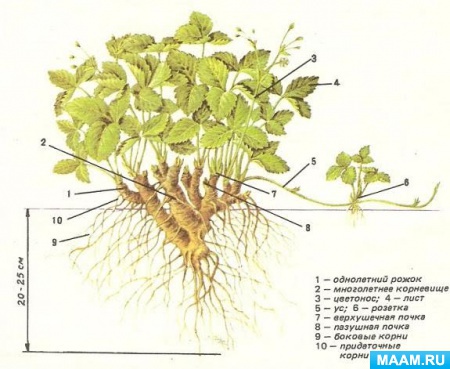
Side branches of the stem called "Horns". These branches end every top kidney, have several leaves, in the sinuses of which side kidneys are located. Central (Top) Kidney of the branches of the stem ( "Rozhkov") Give flowers, while the side kidneys form long shoots, so on. "mustache". Of "Usov" Daughter plants are formed - sockets. From one whip is formed up to four or five sockets, on one plant - up to forty-fifty. In contact with the soil, the socket is rooted. The rooted sockets separated from the maternal bush are called seedlings.
2.5. Kalanchoe
Rod Kalanchoe, Kalanchoe (Kalanchoe Adans) there are 200 species of plants and belongs to family Tolstyankovo(Crassulaceae). Representatives of the genus are common in the tropical regions of Australia, on the islands of New Guinea, Molukki, Madagascar, as well as in tropical America (one species in the tropical and subtropical regions of Asia.
Succulents, perennial herbaceous plants or semi-staples. Leaves thick, more or less peristrastic, seats or with stiff. Flowers are collected in multi-flowered umbrella inflorescences, yellow, white, purple, bright red. All calans are popular decorative plants. Flower abundantly and long.
All types of calane are relatively resistant to room conditions.
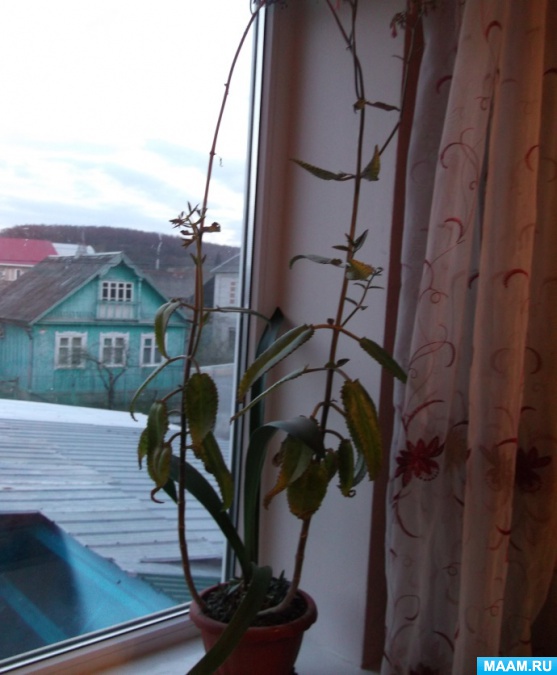
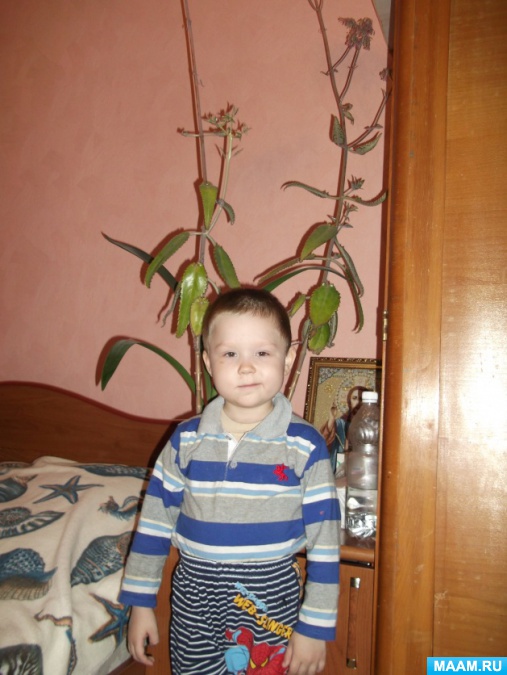
3. Practical part
3.1. Medicinal properties of dandelion
Folk healers call dandelions "Elixir of Life"And it is not so exaggerated. Due to the variety of useful properties of dandelions and actually help to treat many diseases. Useful substances are located in all parts of the plant - roots, leaves, flowers. In the dandelion there are vitamins A, C, E, PR, group B, a significant number of trace elements, including manganese, iron, potassium, calcium, phosphorus, cobalt, boron, copper. In addition, protein, insulin, organic acids, sugar, mucus, tanning substances, oils, resins, and a lot more with quite scientific names - Taraksanthtin, Flavoksanthin, Clogtionol, Lakulin, Inosit, Asparagin, and so on
The healing properties of the plant are actually impressive. The dandelion has choleretic, diuretic, coorative, antiviral, painful, anti-inflammatory, anticarcinogenic, antispasmodic, diuretic, laxative, fungicidal, expectorant, soothing, sleeping bags. And this list is not yet complete.
With the help of dandelion preparations, many skin diseases, ulcers, burdens, boils, eczema, remove warts and corns, discolor freckles and pigment spots, clean the body from toxins. The dandelion helps to regulate the balance of fluid in the body, strengthen the teeth and bones, contributes to improving immunity, normalizes the metabolism, blood pressure and blood sugar level, reduces cholesterol levels, has a beneficial effect on the work of the heart, gastrointestinal tract, kidney and liver, stimulates education Bile, improves appetite and sleep, helps to treat diseases of the joints, cough, bronchitis, asthma and even tuberculosis, overcome depressive states and get rid of avitaminosis. So call dandelion "Elixir of Life" - Completely reasonable.
In modern folk medicine from dandelion, infusions, tinctures, decoctions, extracts, ointments, oil, powder for sprinkles are manufactured. Use all parts of the plant for this, both in fresh and dried. The juice of the plant and the leaves and roots are widespread in Kashitz. Fresh milky juice lubricate warts, corns, pigment stains, freckles. For intake, the juice is obtained from crushed leaves and roots by pressing or extraction with a small amount of warm water.
Pre-leaves can be soaked for 30-40 minutes in salted water to reduce bitterness. But it is not always appropriate. To disguise the taste of bitterness, a little honey adds to juice or mix it with sweet fruit juice.
Juice is taken on a tablespoon before meals for diseases of the liver, kidney and bladder, to strengthen teeth and bones, removal of edema and pains in the joints, increase the appetite, normalization of blood sugar and the intensification of metabolism, during intoxications and poisoning, as an effective diuretic. With insomnia juice drink for the night. Juice can be preserved by mixing it in a 1 to 1 ratio with vodka or 2 to 1 with alcohol.
The leaves are mounted in Cashitz apply in the treatment of skin diseases, wounds, ulcers, boils, fuses. Use for compresses with inflammation of joints and rheumatism. For compresses, you can use wool, impregnated with an alcoholic solution of the dandelion juice or the infusion of leaves and roots. For outdoor use, dried roots powder are used. In addition, it can be taken inside, but in small quantities (1-2 grams). Inside are taken and grated on a grater or crushed in a blender fresh root, considered an effective tool in diseases of the liver, kidneys, gall and blades.
Often, infusions and decoctions are used to receive inside, which are prepared from leaves, roots and flowers separately or in a mixture. As a rule, for their preparation take a tablespoon of dry leaves and flowers, a teaspoon of dried roots (Fresh twice as bigger) on a glass of boiling water. For infusion - withstand 2-3 hours in thermos or in a warm place, then focus and press. To get the ragger - bring to boil, withstand 5-10 minutes on a weak fire or water bath, then allow to cool. Usually drink from 1-2 tablespoons to 1/3 cups before meals. When coughing and bronchitis drink hot infusion or decoction between meals. With insomnia and depressive states, an additionally decoction or infusion drinks at night.
From the dandelion is not difficult to prepare oil or ointment, which are used externally and in the treatment of inflammation of mucous membranes. To obtain oil dry leaves, flowers or roots in a ratio of 1 to 3 insist on vegetable oil. To obtain ointments, one part of dried leaves, flowers or roots are mixed with three parts of thick oil, bass, fat or vaseline, mixed into powder. Before applying for the appointment, the resulting mixture withstand Not less than a week in a warm place.
3.2. Medicinal properties of the plantain
Plantain is an excellent medicinal product for humans. It perfectly relieves inflammation, serves as an antiseptic, heals and delays wounds, positively affects the secretory function of the stomach, relieves pain, and also has an expectorant and blood complimentary effect. It is used as a powerful painkillers, anti-inflammatory and antiseptic agent. Using infusion from the leaves of the plantain, you can get rid of not only from an ordinary cough or respiratory disease, but also from such serious diseases as tuberculosis of lungs, pleurisy, Qatar of the upper respiratory tract, bronchial asthma and cough.
In addition, the plantain juice speeds up the output of the pus from the wound and helps her healing, relieves inflammation and contributes to the increase in granulation. The plantain juice is also indispensable with long non-tightened wounds and furunculaes, as well as at first aid during injuries in production and in general.
Washed with boiled water leaves should be well confused - and you can apply on the affected areas of the skin in the face of inflammation, wounds, ulcers, carbuncoules, can also be treated with patients with infusion from plantain leaves. The extract from the roots of the plant is used inward in the treatment of fever and cough of tuberculosis origin, after insect bites, bees, viper, as an painful and as a means of tumor preventive formation.
With cuts, wounds, bruises, bruises, when the muscles hurt, the ointment of plantain: on 50 ml of plantain juice take 25 g of Vaseline and Lanolin. If Lanolina is not found, you can take 50g Vaseline. All mix well. Store in a tightly closing jar in a cool place. During the runny nose to lubricate the ointment of the nose, lips.
3.3. Medicinal properties of raspberry
With colds and diseases of the respiratory organs, there are dried beams from dried berries, as well as from leaves and young gasy raspberry branches as a potent antipyretic and coating agent.
Garden raspberry is part of the camp fees. This action is explained by the high content of salicylic acid. Especially good in this quality of dried raspberries, containing almost 20 times more salicylic acid, which is fresh.
Raspberry syrup is used to improve the taste of drugs for children.
With a cold, tea from dried raspberry helps. In the initial stage of the disease, it is recommended to drink before bedtime for 1-2 hours 2 glasses of hot raspberry tea: brew 2 tablespoons of dry berries per 1 cup boiling water, boil 5 minutes or insist 10 minutes.
With influenza helps infusion from raspberry berries with linden flowers (1 :1) . 1 tablespoon of the mixture brew 1 cup boiling water, insist 20 minutes and focus. Drink hot for 1 cup overnight.
With horns and other inflammatory diseases, the throats use the decoction of raspberry berries for rinsing.
Ripple from crimson leaves: 2 tablespoons of crushed dry raw materials 2 glasses of boiling water, boil 10 minutes, brew 2 tablespoons of chopped dry raw materials. focus And drink hot.
The decoction is used as an expectorant for coughing.
This decoction helps with hemlawing.
When bronchitis, the same decoction is recommended. (it should be held in 1-2 hours) Or tea from a mixture of equal parts of the raspberries, the leaves of coltsfoot and herbs of the souls (1 tablespoon of the mixture is brewed with 1 glass of boiling water and drink like tea in warm form).
The decoction of raspberry branches helps with cough.
In the process of our work, we studied the plants we selected, found the places of their growing, learned their useful and therapeutic properties. Learned to apply some of the healing properties of these plants:
Drops from a cold from Kalanchoe;
Applied the leaves of the plantain to the scratch on the hand;
They drank tea with raspberry jam to not catch it.
We got knowledge we decided to fix in the game form: Drew studied plants and aparted them.
During our walks, we made a lot of photos with the plants we have received, got a lot of pleasure from communicating with nature. He learned more careful about nature and her daras. And in the future we are going to study the flora and animal world around us, to know the beauty and variety of nature. Love and take care of this beautiful and mysterious world.
5. Appendices
